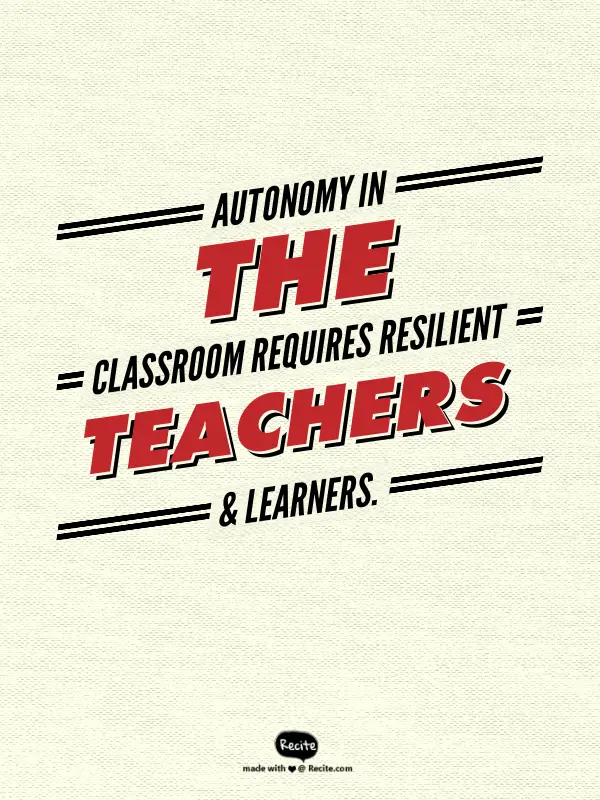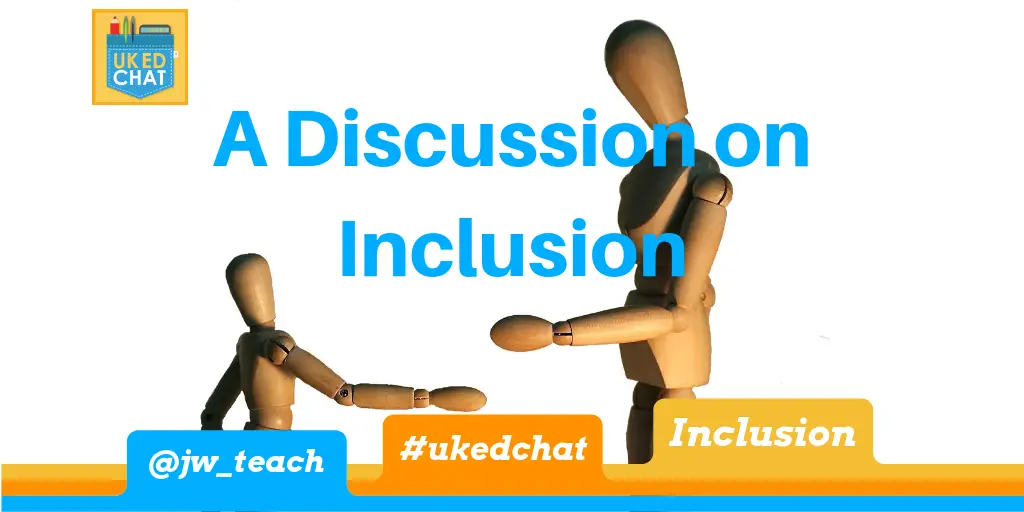Teacher autonomy in the classroom
Autonomy in Teaching
The issue of teacher autonomy in schools is once again in the news thanks to this TES piece from Mary Bousted. I don’t think we discuss this issue enough. As a profession teachers have the accountability and responsibility for the education of many many children. Teachers are often subject to oversight by a whole range of people and regulatory bodies i.e OFSTED. There are many reasons to celebrate being a teacher. Autonomy to teach how you want should be one of those reasons.
What is Teacher Autonomy?
Teacher autonomy refers to the degree of independence and discretion that teachers have in their profession and classrooms. It encompasses aspects like:
- Curriculum development – The ability of teachers to help design curricula and choose resources.
- Pedagogical methods – Flexibility to determine teaching approaches and lesson styles based on student needs.
- Assessment strategies – Authority over assessing students and evaluating their own effectiveness.
- Classroom management – Self-governance over organisation, rules, timetabling within the classroom.
- Professional development – Independence in deciding areas for self-improvement and conference/workshop participation.
- Budgeting – Influence over funding allocation for classroom supplies and activities.
Higher teacher autonomy indicates more trust in educators’ professional judgements and empowerment over their own practices. It has been linked to greater job satisfaction and better student outcomes. However, increased standardised testing and accountability measures have reduced autonomy in some systems. The appropriate balance remains an ongoing topic of discussion. This post is my thoughts based on my experience of teacher autonomy only. Included below is this post as a mini-podcast on teacher autonomy.
How do Autonomous Teachers thrive?
I believe an autonomous teacher can only exist in a school with confident leadership. Maybe I should add a caveat. Autonomous teachers can only thrive in a school with confident leadership.

By autonomous teacher I mean, an independent teacher. One who is happy (and supported) to not need to ask for permission when they have an idea. Not necessarily a maverick pushing boundaries, but a trusted professional. A teachers who is free to develop their pedagogical practice in a way that is best for their learners.

An autonomous classroom cannot be micromanaged. Why? Once you as a teacher are forced to defend, and support every decision, you start to lose the motivation required to be successfully autonomous. You will probably doubt yourself. If you work in a school where every idea that counts comes from above. A School where leaders do not listen to your voice you will not be able to thrive. You will not develop a classroom ethos that reflects you. Ultimately this will reduce the enjoyment you get from teaching. It will stifle your innovation and ability to be the best teacher you can be.
One of the reasons I went for my first leadership position was to regain the autonomy that had been eroded from me as a teacher under a previous manager. Really my motivation was not to have someone telling me what to do on a day to day (even hour to hour) basis.
Teacher Autonomy and Confidence
As I work in SEN it is essential that I and the teachers in my department have the confidence to act autonomously in all areas of classroom management. Unless you are in a challenging class for extended periods, and know the students in depth why do you have the right to dictate strategies?
I will suggest ideas, support and ensure that teams follow procedures but I will never control teaching style, lesson content, or timings. I will be visible and the teacher (as I am as a teaching member of the leadership team) will be accountable for the safety care and education of their children. As an autonomous teacher I need my staff team to be confident and happy that they know I trust them to make informed professional decisions in the best interests of their students. My students have taught me a lot and I have the confidence to learn from them.

Part of this is ensuring the teaching staff are confident. I believe the best way to do this is to model expectations and support, support, support my staff at all times. Autonomy requires resilience. Because not everything will go right. A classroom is a dynamic environment, constantly reacting and adapting to challenges. I need teachers and leaders who will acknowledge mistakes, but also see them as an opportunity to develop further. Often it can be tempting to use an error to impose more and more control over your team. It is not it is an opportunity to step up and work together to learn from these issues.

And that brings us to the main requirement for autonomy – seeing yourself as a professional, capable learner.







One Comment